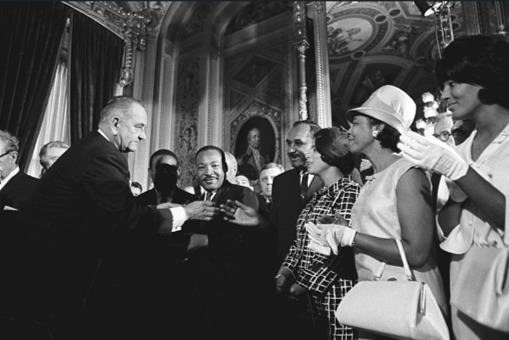Voters who believe that their right to vote has been denied due to their race are allowed to sue their state or local government under section two of the Voting Rights Act. The US Supreme Court ruled in 1980 in the case City of Mobile v. Bolden that people filing such lawsuits would need to prove that racial bias had motivated the denial of their voting rights. In response, Congress amended the act in 1982 so that the “totality of the circumstances” could also be considered in such lawsuits, even if intentional discrimination cannot be proved. Section two became a tool for voting rights advocates to challenge the vote dilution of racial minority groups due to gerrymandered voting districts. Gerrymandering is the drawing of voting district boundaries to favor certain groups. The redrawing of Congressional and state legislative district boundaries in the South after Reconstruction to divide Black communities served to reduce Black political representation. In 1986 the Supreme Court crafted a test in the case Thornburg v. Gingles which could be used to determine if a gerrymandered district unlawfully diluted the voting rights of a minority community. Some of the test criteria include if the minority group “is sufficiently large and geographically compact” and that “the minority group must be able to show that it is politically cohesive.
